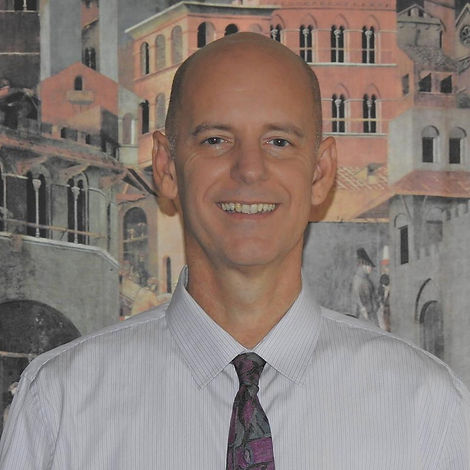
A Flipped Assignment
As a way to introduce a flipped lesson to my Kindergarten class, I decided to create a lesson that combines two standards of learning. The lesson includes a guest speaker, a local optometrist I got to agree to come speak to my class as well as a virtual tour of the Hugh Mercer apothecary shop. Meeting the optometrist would help the students understand more about sight and how the human eye works, fulfilling one of my standards of learning. And, before meeting with the guest speaker, the students would be asked to view a youtube video I created, with special permission from the Hugh Mercer apothecary shop in downtown Fredericksburg. This would allow the students to be able to contrast medical treatment of the past with modern medical treatment today.

When I decided to take the tour, I called ahead and spoke to one of the representatives. They said that recording and pictures are frowned upon during the tour. However, after I explained that it was for educational purposes, they were very accommodating and gave me special permission to record and use the footage obtained. My hope is that by assigning the assignment on a Friday, some of the children will actually be able to go to the apothecary shop in person. Those that can't will at least be able to watch the virtual tour on the youtube video.
Next, I contacted Dr. Robert J. Acquadro, a local optometrist here in Fredericksburg. Having been a patient of his, I knew him to be friendly, knowledgeable, and personable. This would make him a perfect guest speaker to teach the Kindergartners about how the human eye works. To my great relief, he agreed that this is something he would be willing to do.
These are the two Virginia Standards of Learning that this lesson integrates:
K.2 The student will describe everyday life in the present and in the past and begin to recognize that things change over time.
K.2 The student will investigate and understand that humans have senses that allow them to seek, find, take in, and react or respond to information in order to learn about their surroundings. Key concepts include
a) the five senses and corresponding sensing organs; and
b) sensory descriptors used to describe common objects and phenomena.
Students having successfully completed the lesson should be able to identify parts of the human eye, such as the Pupil and Iris, as well as knowing the term Optometrist and Apothecary. They should also be able to explain that apothecaries treated patients long ago. They should also be able to give an example of benefits of modern medicine when compared to two hundred years ago.
An Assessment
As an assessment and a way to make the students' learning more self directed I suggest the following activity. Before the guest speaker is to arrive, you can have the students as a group come up with questions they might want to ask the expert about the human eye. Because we are dealing with Kindergartners it is a good idea to write these questions on the board as their spelling ability is probably limited.
After we have come up with a few questions as a group, the students are then directed to choose his or her favorite question. The student will copy that particular question on to a piece of paper to save for when the guest speaker comes. In this way the students have created their own instructional goals, within the scope of the standard of learning.
When the guest speaker comes, the students will be encouraged to ask their questions. Once the guest speaker has left and all questions have been answered, the students will then assess themselves by writing the answer to the question they previously choose. In this way, we can be sure that each student has both learned something and has had a hand in their own learning process.



